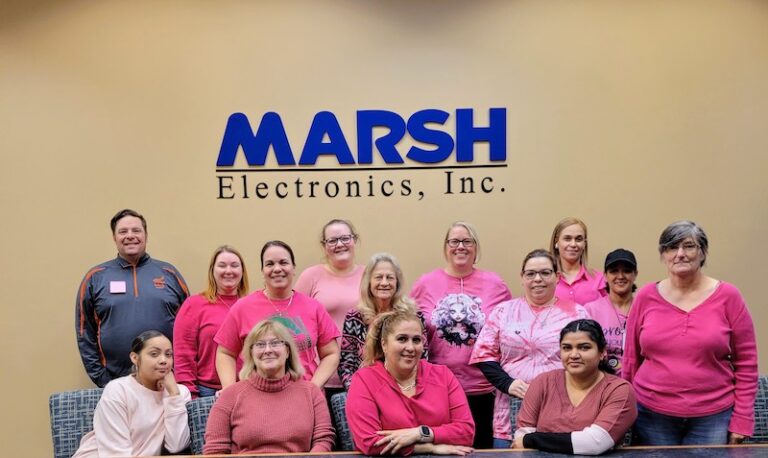Characteristics of a Sufficient Molded Plug for Pumps
Plugs used to supply electrical service to a submerged pump come in a variety of shapes and sizes and can have 3 or 4 wires. Most plugs use terminals for all of the electrical connections, but some have unique grounding requests. One commonality is that all use pliable plastic that resist compression set. Since the plug is submerged in water at all times, it is important for the molded plug to have a water-tight fit. This is to ensure no water gets into the contacts and causes it to malfunction, threatening the present usefulness and future longevity of the pump. What seems like a potentially frequent occurrence is one An-Mar easily curbs by using the thermoplastic elastomer. The material has similar characteristics as rubber and is malleable to the functions and needs of various products, giving the molded plugs their water-tight characteristic. The company also uses a compression fitting method that integrates the soft and flexible material of the thermoplastic to get the proper seal.
A molded plug inside a submerged pump should be resistant to compression set when used in a compression application when exposed to agents in the water which can change the molecular structure of TPE and flexible PVC. When a plug hardens and loses its willingness to fight back against compression because of the effects of these agents, water leaks into the electrical connection, causing the connection to short out and fail the pump.
Plugs with these characteristics are often more sustainable than others, not only because of the endurance and longevity of the product the plug supports but because of the materials that make up the thermoplastic elastomer material, which is often lighter in weight and goes through a more sustainable manufacturing and recycling process.


Characteristics of a sufficient molded plug for recreational vehicles
Molded plugs used with recreational vehicles vary widely. An-Mar has made plugs and receptacles for both marine and ATV applications. The applications can require as few as two wires to as many wires as the customer requires. The wire themselves can even vary in the same application. A customer may need a high-current-type electrical connection along with “accessories” in the same molded product. This means a customer can have a couple of 6awg wires and many 18awg wires in the same molded product. It is important for the molded plugs to have UV stability and heat resistance as some may be exposed to many hours in the sun. The sun and heat can make soft plastics brittle and crack. Thermoplastic elastomers stay soft and pliable after many hours in the sun.
A matte finish is another attribute often requested by customers in the marine and ATV marketplace. Consumers have become accustomed and usually prefer a soft, slip resistant feel to the parts they handle. Thermoplastic elastomers, being mostly rubber, fit the bill for this request.
The thermoplastic elastomers An-Mar uses are measured against material certifications from the manufacturer of the compound that have been passed according to requirements of The American Society for Testing and Materials. This means that the materials used not only meet the aesthetics of the consumer but also the mechanical, thermal, and electrical properties required by testing agencies to certify a safe product.
The methods and standards used to make the plugs for submersible pumps and recreational vehicles is something Craig is looking to transfer into a different industry he believes will be around for a while.
“I believe our experience with submersible pumps and recreational vehicles are beneficial to the solar and wind power industries who obviously have their electrical connections in rain, sleet, snow and other kinds of environments that would be as challenging as electrical connections in the submersible pump and recreational vehicle industries,” he said.
Both solar and wind power products require a makeup that are resistant to the unpredictable and drastic elements of the environment. With knowledge of the most efficient functioning and manufacturing of the product, Craig is confident the company can expand its horizons and reach customers in the environmental power sources field. Craig and the company are hoping to break into the solar and wind energy industry in 2021, on the cusp of a world shifting its focus even more seriously on how current generations can alter their energy usage habits in a way that keeps the planet secure for future generations to come.
For mor about An-Mar, see the Supplier Profile in this issue.






























































